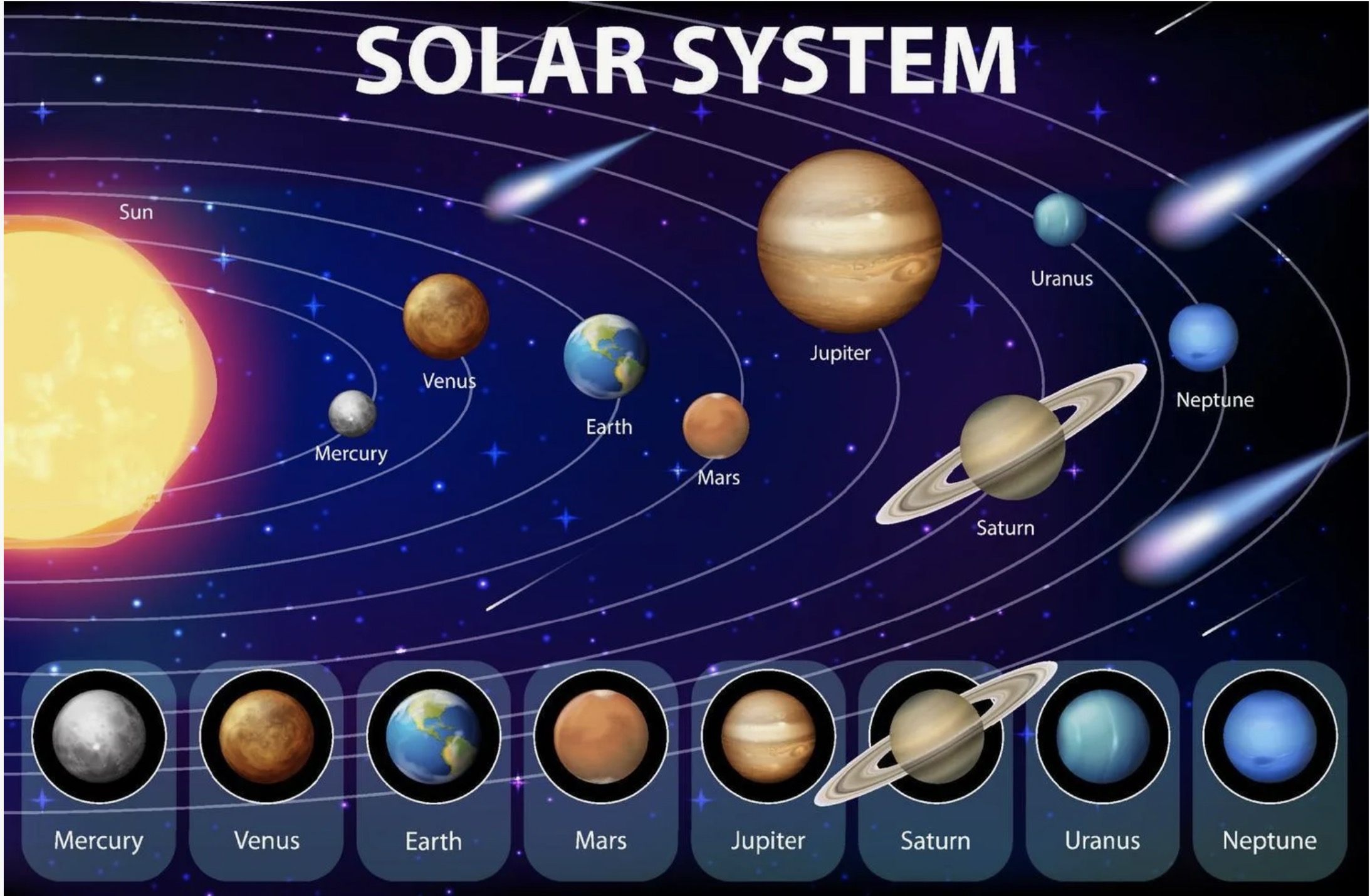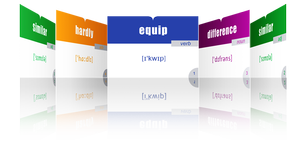SCIENCE-SOLAR SYSTEM
- Подробности
- 274
The Solar System has the Sun in the center. It has eight planets and many moons. There are also dwarf planets, asteroids, and comets.
SOLAR SYSTEM

The Solar System began about 4.6 billion years ago, forming from a large cloud of gas and dust. Our Solar System is part of the Milky Way galaxy, which contains hundreds of billions of stars.
At the center of the Solar System is the Sun. Its gravity holds everything in orbit. All objects in the Solar System go around the Sun because it is the most massive body, containing about 99.8% of the system’s total mass. In other words, if you combine the masses of all the planets, moons, asteroids, and meteoroids, they will have less than 1% of the Sun’s mass.
There are eight planets: Mercury, Venus, Earth, Mars, Jupiter, Saturn, Uranus, and Neptune. The first four are rocky, Earth-like (terrestrial) planets. The next two are giant gas planets (Jupiter and Saturn), and the last two are ice giant planets (Uranus and Neptune).
Beyond Neptune is the Kuiper Belt, which contains dwarf planets such as Pluto, Eris, Haumea, and Makemake, along with many comets and other small icy bodies.
Our entire Solar System goes around the center of the Milky Way at about 220 km/s (≈ 790,000 km/h). It takes roughly 230 million years to complete one lap. The Milky Way itself is also moving through space at about 600 km/s (≈ 2.2 million km/h).
LISTEN TO THE TEXT




